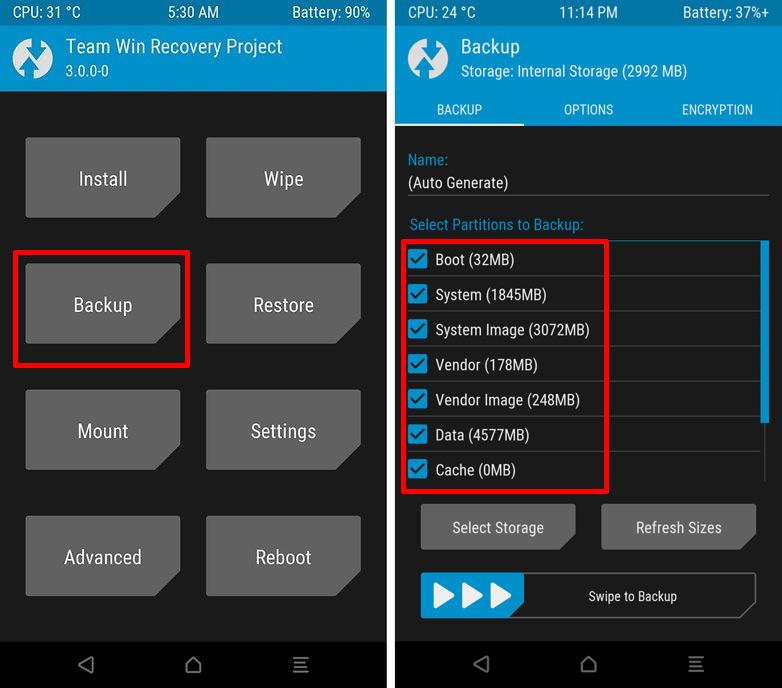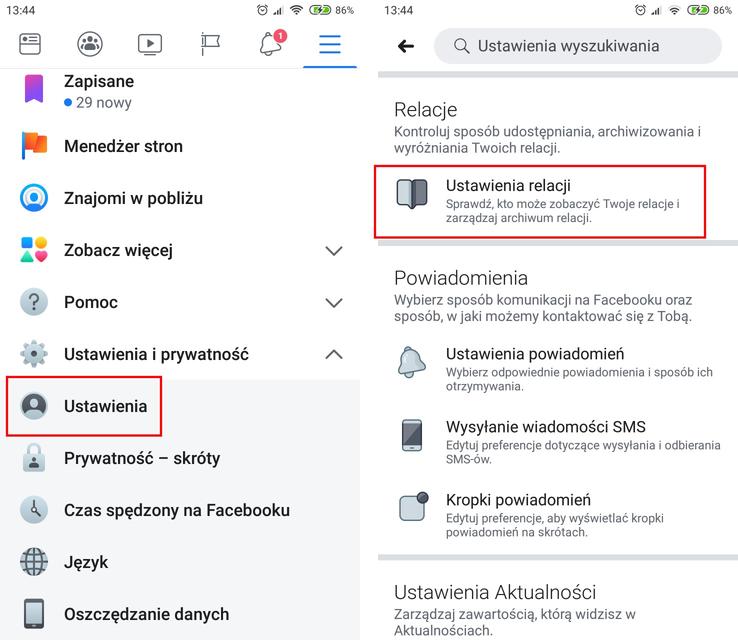Updating Android is one of those topics that owners of Google devices often prefer not to talk about. The multitude of models available on the market, most of which have more or less different versions of the system installed, means that many users of this equipment cannot count on a quick Android update to the latest version. There is also a large group of less advanced users who do not even know that they can update the system on their smartphone or tablet, which means that they are deprived of access to many functionalities that have appeared in newer versions of Android. Therefore, whenever possible, it is worth using the latest available versions of the system. From our guide you will learn how you can do it - how to update Android to the latest officially available version, as well as how to install CyanogenMod, a system distribution independent of Google.
Basic update - automatic
The basic way to update Android in our mobile device is to use the system update function, available from the settings menu > device info >system updates. Remember, however, that different manufacturers use different Android translations, so the above menu items may also have slightly different names.

After selecting the system updates option, we will find out when the availability of updates was last checked. We can also enable automatic checking for updates and downloading new software packages only over WiFi, without using mobile data.
The most important thing though is to check for updates. We click check now and wait a few seconds for our device to check if a newer version of the system is available for it.
The information you will see most often is that there is no update.
Occasionally, however, an update may be available for your device. However, it will not always be the latest version of the system made available by Google - most users still have to wait a long time for Android 5.0 Lollipop, and there is no certainty that this waiting will be rewarded with the latest version of the green robot - only additions (usually optimization) prepared by the manufacturer equipment. Even if that's what happens, regardless of our expectations being a bit disappointed, we download the update anyway. Firstly, it is always worth using the latest version of the operating system, and secondly - since we have turned on automatic updating of the smartphone a moment earlier and we are connected to a WiFi network, even if we did not wish to download the update, it would still be installed. So we wait until the new version of the software is downloaded, after which we receive information about what exactly will be updated.
In the next step, click install, and after another warning, announcing a restart of the device - press ok.
Now all we have to do is admire the green robot with an open belly for several to several dozen seconds, which means installing updates. Then the device will be launched - a small note here: the first launch after installing a new version of the system usually takes longer than standard, so keep calm, even if the duration of this process seems disturbingly long - and the application will be optimized, which will take another few dozen seconds. After their completion, the installation process of the new version of Android can be considered successful.
Simple? Yes. However, it is worth paying attention primarily to less experienced users on a few important issues.
However, what if our device cannot count on an official update to the latest (or simply newer than currently installed) version of Android? In this case, it is worth thinking about installing one of the unofficial distributions of the system. What exactly do we mean and how to update Android without waiting for the manufacturer of our smartphone to provide us with this possibility officially? Read about it on the next page.


